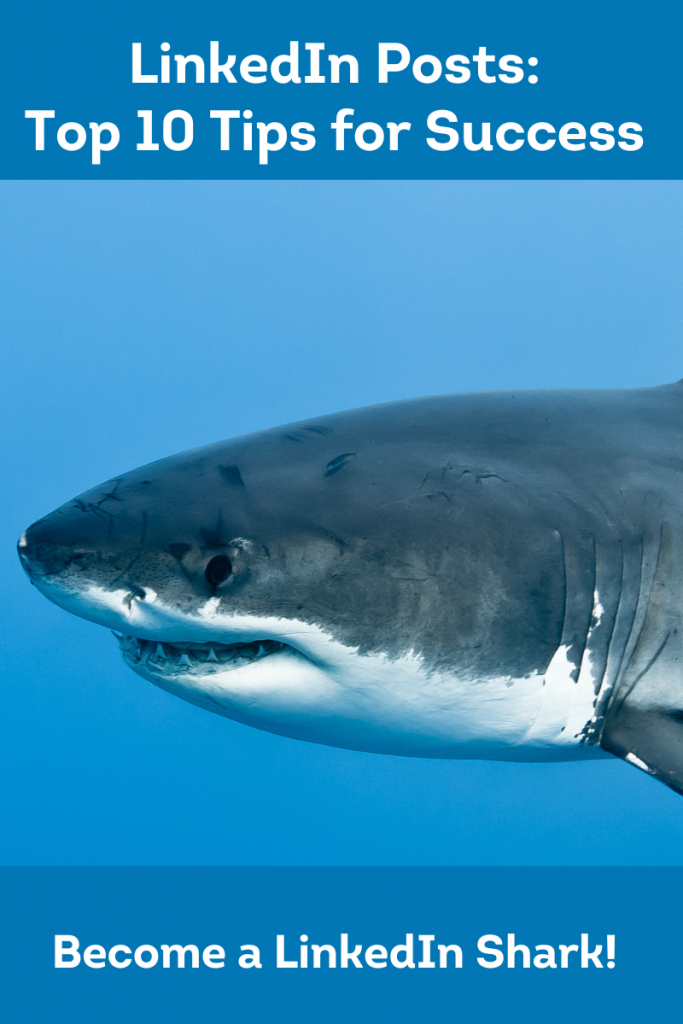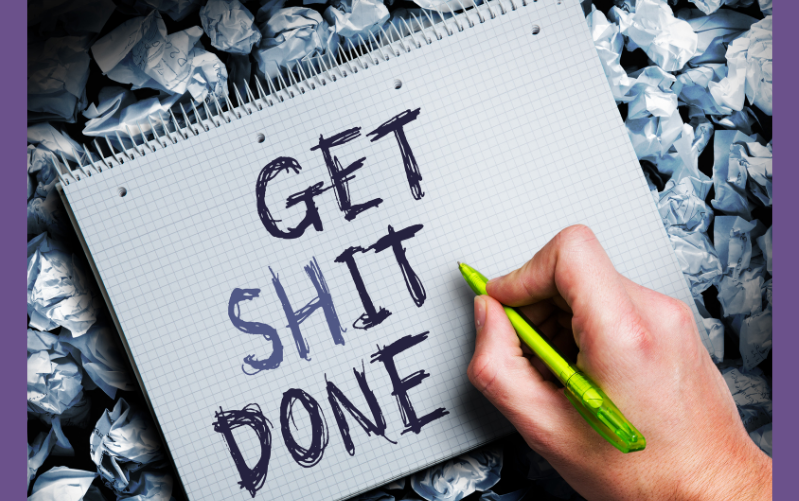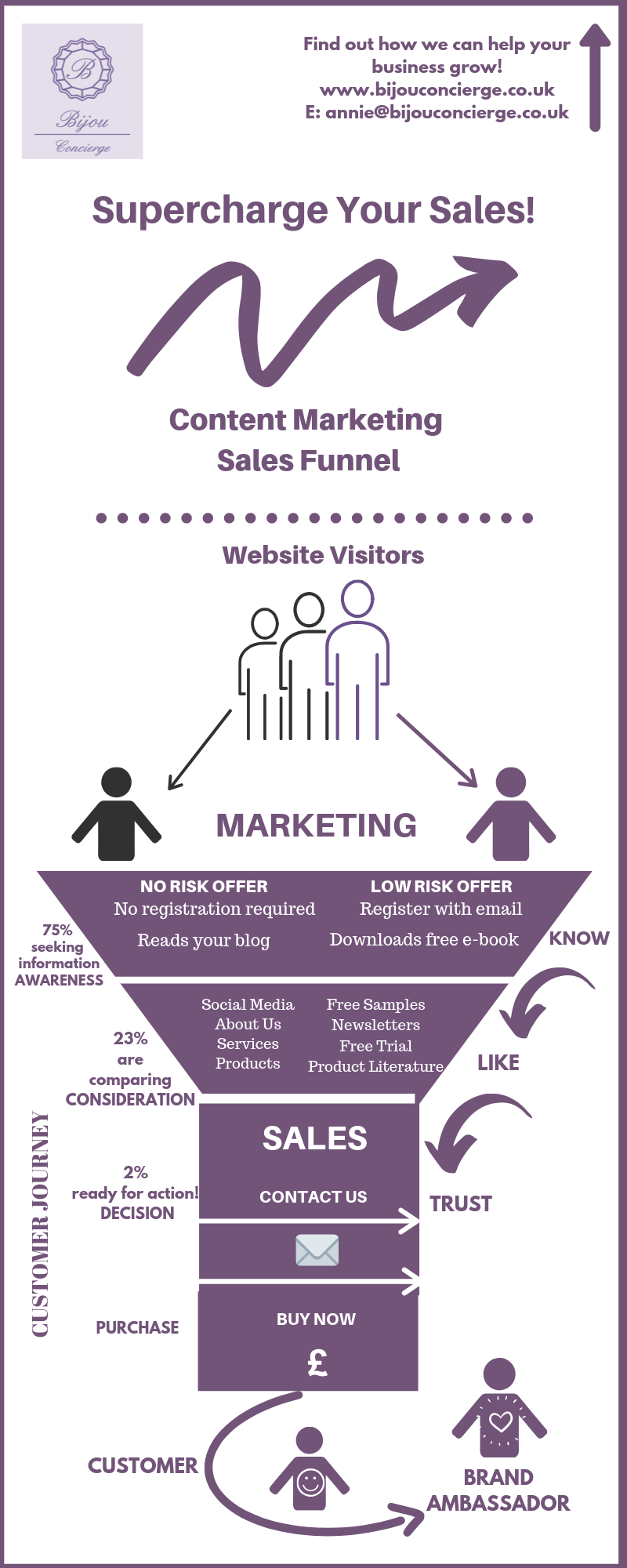If you want to write killer LinkedIn posts and become a LinkedIn shark then this blog post is for you!

However, before you begin writing your posts you need to be clear on:
- Who your target audience is
- The type of content they will find useful
- Your primary objective for posting e.g. lead generation
- How the content is delivered.
Popular types of LinkedIn Posts
There are many different types of LinkedIn posts you can share but these are the most popular:
LinkedIn Carousel Posts
LinkedIn users love Carousel posts. You can use them for pretty much anything and they have high engagement and click-through rates. Because carousel posts are interactive and have eye-catching graphic designs, they stand out from the newsfeed.
LinkedIn Text Posts
The secret to a killer LinkedIn text post is all in the formatting and delivery. Include white space and add emojis. Text posts are a staple of LinkedIn, and the likelihood is, you’ve already posted one before without really even thinking about it. They are one of the best ways to convey a story, fuel a conversation, or direct users over to your website.
LinkedIn Video Posts
These are incredibly popular with users. And LinkedIn loves video as it keeps users on the platform for longer. That said, people have very short attention spans so keep them short and sweet – between 30 secs and 90 secs.
Top 10 Tips for Writing Killer LinkedIn Posts
If you want your LinkedIn posts to stand out on LinkedIn you need to kick off with an attention-grabbing hook, inject some personality into the body of your post and end with a powerful CTA.
Here’s my top tips for writing killer content:
1. Begin with an attention-grabbing hook
On LinkedIn, your first sentence is your headline. You need to trigger curiosity so that your reader clicks ‘see more’. A “see more” is a hard click that tells the LinkedIn algorithm that your post is interesting.
Some examples of this include:
- A killer statistic
- How to X
- Easy to agree with fact
- Challenge the status quo
- Ask a question
- Demonstrate your know-how
- Start with a story
2. Write in a conversational rhythm and tone
Don’t use jargon or fancy language. Write how you speak. The exception to this is if you’re writing for a specialist audience (e.g. about scientific research).
However, the overall personality and style of your posts should be aligned with your brand identity and values. So, don’t stray too away from your brand voice.
3. Be authentic
Don’t just talk about your job, share personal stories, challenges you’ve faced, successes and failures, lessons learned etc. For example, if you’re a freelancer and struggle with your mental health then open up and spark a conversation about what’s helped you. And it’s fine to be controversial or a bit bonkers!
4. Repurpose blog posts for sharing on LinkedIn
This is easy peasy, lemon squeezy! You can just copy and paste the whole blog post and share it as a LinkedIn article. But don’t forget to include a link to your original blog post. Or you could just use snippets and turn the content into a LinkedIn post.
5. Add emojis to inject personality into your post
Emojis are a fantastic way of injecting a bit of fun, colour and personality to your posts. They also help your posts stand out, increase engagement, express emotions and break up the text.
My favourite emojis are rockets, llamas, lemons, stars and the finger pointing down! I’m a bit obsessed with emojis to be honest but it’s probably best not to overdo them. Less is probably more!
6. Include #hashtags to increase engagement
Using hashtags helps you increase your LinkedIn reach and get your updates in front of people outside your immediate LinkedIn network. It really helps increase brand awareness on LinkedIn
Independent research by LinkedIn Trainer Richard van der Blom suggests that up to 10 hashtags can be used without penalty, and also importantly that posts without hashtags will get 40% lower initial organic reach.
7. Tell Stories
Stories have evolved, over thousands of years to enthral their audience. And storytelling is a terrific way to engage with your audience emotionally. Social storytelling is responsible for 65% of our conversations so telling stories on LinkedIn is a powerful technique that subtly persuades your audience to make a purchasing decision.
8. Add value that’s relevant to your audience
As the super talented, LinkedIn Consultant John Espirian says: “Your profile sells. Your content tells.”
Don’t go in for the hard sell. People want to read valuable content that is useful and answers their questions.
By approaching content creation in an empathetic way, you’ll encourage your audience to stay engaged and establish yourself as a thought leader within your industry.
9. Don’t include links to external websites
LinkedIn doesn’t like it when you direct people away from the platform. Instead, you could share a summary of the external article and then add a link to it in the comments. But don’t forget to tell readers about it!
10. End with a powerful Call-to-Action (CTA)
The purpose of a call to action is to tell your audience what to do next. This will depend on what the post is about.
Keep it short and use action/trigger words that urge the reader to take an immediate action, such as learn, discover, download etc.
You could simply ask your audience a question or to comment/share your post.
And finally, always edit your LinkedIn posts with a ‘flaming sword of fire’!?? I stole that phrase from the brilliant Ryan Musslman. And this applies to writing any sort of content!
Killer LinkedIn Content Writing?? Toolkit
For a deeper dive, grab a copy of my Killer LinkedIn Content Writing Toolkit. This small but mighty eBook gives you a step by step guide to writing killer content that will help you write viral worthy content and turn you into a lean, mean, LinkedIn lead generation machine! Many LinkedIn creators, influencers and ghost writers are generating millions of pounds worth of business on the back of LinkedIn. And you can too!
P.S. Don’t forget to follow me on LinkedIn
https://www.linkedin.com/in/annie-morgan-b8020012/


